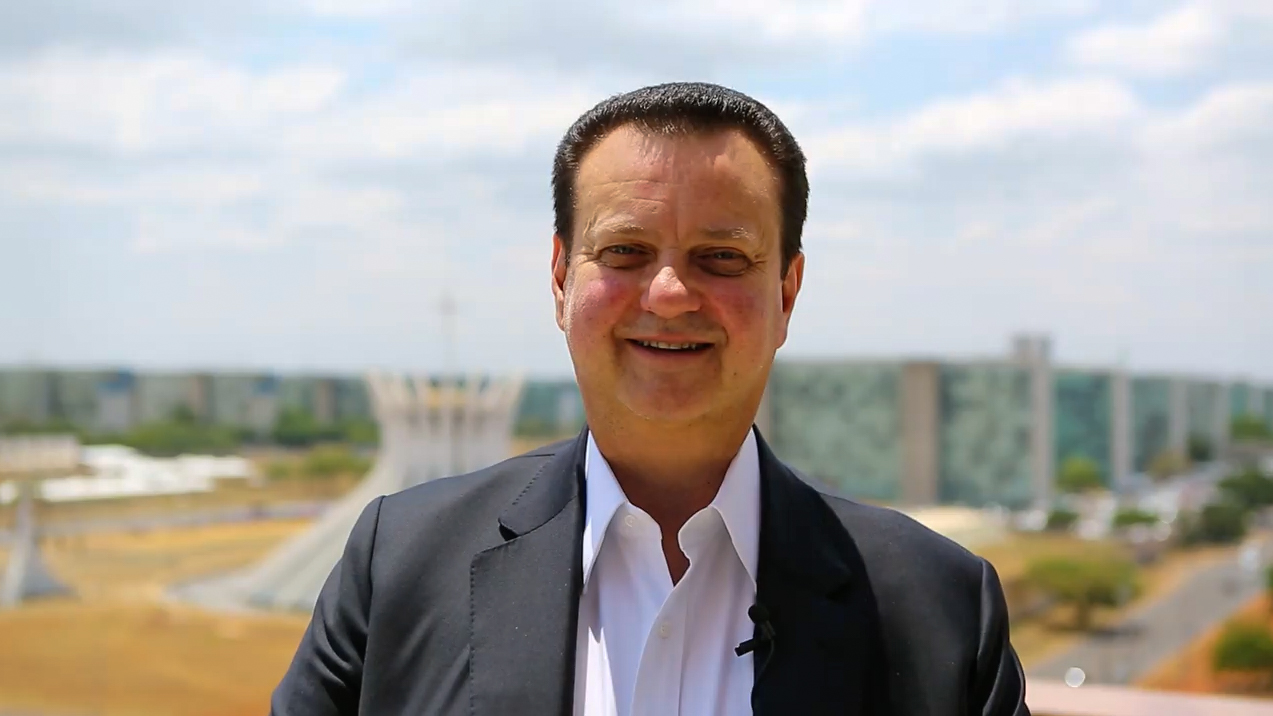Viewpoints: What’s the Next Step to Boost Financial Inclusion in Latin America?
Viewpoints: What’s the Next Step to Boost Financial Inclusion in Latin America?
What opportunities exist to expand financial services for underserved populations in the region? Experts from an AS/COA Miami event weigh in.
Tremendous opportunities exist in Latin America to bring financial services to underserved populations and expand current offerings for a burgeoning middle class. The decreasing cost of technology and innovations such as mobile banking allow for greater access among a critical mass of consumers.
On November 5, AS/COA Miami hosted a forum on financial inclusion in Latin America, focused on the role of technology and the importance of cross-sector collaboration. We asked speakers from the forum to share perspectives on the necessary next steps to promote real progress in this area.
View expert contributions:
- Jorge A. Ruiz, Managing Director, Business Development and Digital Banking Head, Citi Latin America (moderator)
- Carlos Cornejo, Group Head, Products & Underserved Segments, MasterCard Latin America and Caribbean
- Serge Elkiner, Co-Founder and CEO, YellowPepper
- Carlos Parra, Clinical Professor, FIU College of Business
Jorge Ruiz, Managing Director, Business Development and Digital Banking Head, Citi Latin America
 “Ultimately, there has to be a joint, coordinated effort between governments and regulators, banks, technology companies, and corporates.”
“Ultimately, there has to be a joint, coordinated effort between governments and regulators, banks, technology companies, and corporates.”
It is clear that Latin America has the right ingredients today to make financial inclusion a reality. More than 60 percent of the population does not have access to even the most basic financial services, yet there are more mobile devices than people. Smartphone penetration is projected to reach 50 percent by 2016, and there will be a 65 percent growth in mobile banking users in Latin America every year from now to 2015.
Technology and digital innovation play a crucial role in this movement by enabling increasingly cost-effective platforms to transform cash-based systems in a scalable way. Also, social networks and communication platforms have become ubiquitous, so we are now able to promote financial literacy and education—key pillars for any financial inclusion agenda—much more effectively.
We have the right market conditions and technology solutions to make financial inclusion a reality in the region. Ultimately, there has to be a joint, coordinated effort between governments and regulators, banks, technology companies, and corporates, to invest in creating an ecosystem that promotes financial inclusion at a large scale. That to me is the next step. I believe it is the responsibility of all of us in these different industries to recognize the importance of this collaboration and promote it.
Carlos Cornejo, Group Head, Products & Underserved Segments, MasterCard Latin America and Caribbean
 “Collaboration is the key enabler to help in building financial inclusion.”
“Collaboration is the key enabler to help in building financial inclusion.”
Promoting solutions that boost the financial inclusion forward in Latin America and the Caribbean must be a shared goal. We need to work together—
governments, banks, networks, NGOs, MNOs, utilities, educational institutions and technology providers—in order to be successful.
Collaboration is the key enabler to help in building financial inclusion. And scale is the key word for it to be effective.
Cash is inefficient. It costs up to 1.5 percent of a country’s GDP to produce, distribute, and secure cash—plus the social cost of the black economies. Electronic payments increase transparency, while reducing cost.
Bringing financial services to the excluded using traditional methods isn’t getting us there fast enough. A new model is needed.
In the government-to-person (G2P) space, the introduction of government electronic disbursement schemes via public-private partnerships has helped spark the growth of a broader payments ecosystem that benefits many.
In South Africa, MasterCard has partnered with South African Social Security Agency (known as SASSA) to digitize social grant benefits. The program has surpassed 10 million cards delivering benefits to 22 million people.
MasterCard believes that today’s payments technology—especially prepaid and mobile, as well as other innovations—can help bring millions of people access to financial tools for the first time, enabling them to live more secure, empowered, and included. But to advance financial inclusion will take all of us working together to bring half of the adults on the planet into the financial world.
Serge Elkiner, Co-Founder and CEO, YellowPepper
 "Governments would be well-served to proactively identify market-entry barriers that stifle competition.”
"Governments would be well-served to proactively identify market-entry barriers that stifle competition.”
Increasing financial inclusion in Latin America, with an unbanked population of nearly 400 million, poses a great challenge to business and political leaders alike. It seems clear that to make meaningful progress on this front will require an increased and concerted collaboration between the public and private sectors.
On the public sector side, it means embracing a regulatory policy framework that promotes competition and innovation. Governments would be well-served to proactively identify market-entry barriers that stifle competition, and to seek best-in-class solutions that can be adapted to each country’s unique cultural and national identity. As part of this effort, governments must work to address infrastructure deficiencies that limit the reach and availability of technology to the under-banked populations.
On the private sector side, companies operating in the financial services space need to assume a larger leadership role in developing innovative solutions that improve the lives of the unbanked. This means constantly seeking ways to increase the reach of financial services to those currently living outside of the system, while continually striving to make these services cheaper and easier to access and use.
While there is clearly no “silver bullet” answer to this challenge, it is also evident that technology coupled with a progressive regulatory framework can be critical to increasing financial inclusion for millions of Latin Americans.
Carlos Parra, Clinical Professor, FIU College of Business
 “Once bottom of the pyramid individuals start to recognize finance and technology as effective tools to enhance their quality of life, the speed of adoption should amaze us all.”
“Once bottom of the pyramid individuals start to recognize finance and technology as effective tools to enhance their quality of life, the speed of adoption should amaze us all.”
Financial and technological/digital inclusion should be understood as means instead of ends.
Arguably, individuals at the bottom of the pyramid (BOP) contemplating whether to participate in financial systems have mentalities of scarcity, misgivings, and often lack the experiential baggage required to recognize opportunities as such. Because of this, efforts should be focused on instilling BOP individuals with financial capabilities that would enable them as savvy participants on the financial system.
Individual capabilities emerge out of experiences and practice; thus, the availability of financial experiences at the BOP should be augmented, ensuring that these experiences enhance the quality of life of individuals and their families. Having access to suitable financial products, and to the tools and education necessary to develop a stable and profitable livelihood, would constitute positive financial experiences. The gradual emergence of asset-building capabilities should further trigger a BOP context adjustment process, also encompassing considerations of quality of life.
In addition, technology should be leveraged in order to promote more comprehensive, multidisciplinary, and collaborative approaches that can enable better identification and focalization processes, efficient BOP business operations (including payments, inventory as well as customer relationship management tools), and timely evaluation. It would be irresponsible to expand the number of financial experiences available at the BOP without consideration for adequate selection mechanisms, suitability assessments, scalable trainings (financial education), and impact evaluation methods (to ensure that these are indeed quality-of-life-enhancing experiences).
Once BOP individuals start to recognize finance and technology as effective tools to enhance their quality of life, the speed of adoption should amaze us all. We should help them develop the capabilities to do just that!








